Toyota LandCruiser Troopy fuel consumption (why it's so bad)
Why is Troopy so damn thirsty? How can two engines have similar power and torque but hugely different fuel consumption? Are bigger (capacity) engines intrinsically thirstier?
This report will offend you if you’re a Toyota LandCruiser TroopCarrier fanboy - if you’re looking to be insulted, you’ve come to the right place.
Here’s a question from a dude named Dave, concerning the King (of mediocrity) - Toyota.
I get where Dave is coming from, output for ouput you’d think the performance would be parallel, but it’s definitely not.
Here’s why, starting with the basics.
What is an engine?
Everybody uses an engine, but hardly anyone can explain them.
An engine is essentially a magic black box where shit happens. Two things go in - air and fuel - and power is the result. That’s essentially it.
Don’t try to tell me it’s power and torque, because torque is meaningless in isolation. Torque-at-speed is what comes out of the engine, which is power.
Power does the work, power overcomes resistance, power is what makes you accelerate. Nothing else comes out, just power.
And you get the demand control by virtue of the accelerator. Push the accelerator, you get more power. Let off the accelerator, you get less power or none.
COMBUSTION 101
Let’s pretend our magical black box is 100 per cent efficient: so the amount of energy we tip in is the amount of power we get out. This never happens in the real world because of the laws of thermodynamics (which essentially say ‘you can’t win’ and you can’t even break even’).
As an example, if you put 2.2g of diesel into a 100% efficient engine, every second, and we burn it with enough air, we’ll get 100kW out of that engine on the crankshaft. Because every gram of diesel contains 45kJ of energy. Do that once per second you’ll get 45k because energy per second is power.
1kJ/s = 1kW
The more energy your engine consumes per second, the more power it produces.
The Data:
Diesel = 45 kJ/gram (and if you do that once a second = 45kW)
So, 2.2g/sec = 100kW (of potential heat energy)
Combustion efficiency = 40% = 40kW @ crankshaft
15% loss via transmission = 34kW @ wheels
A good diesel engine is about 40 per cent efficient. Variable geometry turbos and direct injection have made this all more efficient. But you still get 60 per cent of the power lost as heat, mainly through the radiator and exhaust, which you’ll never get back.
You’re also going to lose about 15 per cent through the transmission, mainly due to friction.
So, by the time we get to the real world, 100 per cent turns to 34 per cent, and it seems so wasteful losing two-thirds of the available power.
But most industrial processes get between 40-60 per cent efficiency. Nature can barely manage 4 per cent through photosynthesis. Modern diesel engines are actually pretty good.
HOW THE SPECS BREAK DOWN
Prado: 2.755cc
150kW @ 3400rpm
500Nm @ 1600-2800rpm
Bore x stroke: 92.0 x 103.6mm
ADR economy: 7.9 (combined, L/100km)
Kerb weight: 2325 (GXL)
Troopie: 4.461cc (+62% more volume)
151 @ 3400rpm
430Nm @ 1200-3200rpm
Bore x stroke: 86.0 x 96.0mm
ADR economy: 10.7 (L/100km) ≈ 35% higher than Prado
Kerb weight 2265kg
Dave’s hypothesis about what’s making the Troopy thirstier refers to weight, aero, gearing, pumping losses and friction, which is largely right.
Let’s look at the specs. Capacity is obvious. It’s 2.8 litres versus 4.5. The bore and stroke are similar, same proportionality, power is line-ball, and the torque isn’t dissimilar.
The Troopy has about 15 per cent torque available during the normal operating revs.
"When you look at specific power output (peak power divided by engine displacement) each CC of swept capacity in the Prado is doing nearly 60 per cent more work (at peak power)."
If the Troopy wasn’t an inefficient old dinosaur engine, you’d see its outputs looking more like 200kW and 650-700Nm of torque.
The ADR economy finds 7.9L per 100km for Prado versus 10.7L, and while the figures aren’t relative in the real world, it offers a pretty good relative difference in consumption. So we’re looking at a 35 per cent deficiency in the Troopy. Dave is on the money there.
Weight is also not a salient factor here, because the Troopy is slightly lighter at 2265kg, kerb weight, where the Prado is 2325kg. So the Troopy is easier to move.
Both the Prado and TroopCarrier are designed for long-distance highway cruising.
Troopy gets a five-speed manual and Prado gets a six-speed auto. When you look at top gear (the most overdriven gear), there’s a big red flag - 0.75:1 (Troopy) versus 0.58:1 (Prado) - in terms of reducing revs for long distance driving.
Especially given the identical final drive ratio of 3.9:1 for both.
Prado:
6sp (5th = 0.687:1, 6th = 0.580:1, diff = 3.91:1)
Wheels/tyres: 265/65 R17 (Circumference = 2.26m)
Troopie:
5sp (5th = 0.75:1, diff = 3.91:1)
Wheels/tyres: 225/95 R16 (Circumference = 2.62m)
The tyre and wheel package is very different with Troopy (designed to be a more blatant off-roader) has higher-sidewall tyres, putting a greater length of tread face in contact with the terrain when you reduce pressures, putting more tractive effort into the ground with a more pliable tread face, and reducing bearing pressure on soft surfaces. Prado’s is still good, but not as serious as Troopy.
Circumference is critical to overall gearing, with Troopy having greater, which tends to make the wheels rotate slower at any given speed. At 100km/h, punching through the scenery at almost 28 metres per second, Troopy’s wheel RPM is 636, versus the faster 737 revs in Prado.
There’s also a proportionally identical reduction in tailshaft speed with the Troopy to Prado.
But if Prado is in top gear (6th), and Troopy is still in its 5th top gear, for sustained operation over long distances, the Troopy is going to be revving 11.5 per cent higher at 1865 RPM compared with Prado’s more civilised and more frugal 1672 RPM.
And this is just one of the big jigsaw pieces.
Engines bleed energy like crazy. When you forget about all the heat going out the exhaust, being removed by the radiator and through the block, the main way engines bleed energy is through friction and parasitic losses.
Friction is all about the rings and their interaction with the bore. (It’s not technically all about that, but mostly.)
The Troopy has 207,000 square millimetres of bore area. Prado as 120,000 square millimetres. Although Troopy has slightly smaller cylinders, it has eight of them. This makes a huge difference.
There’s about 70 per cent greater bore friction in the Troopy. Every time the engine is turning and burning, down the freeway, for hours, 70 per cent more friction. Troopy has grossly more capacity than it needs to get the job done.
Toyota should bite the bullet and put a Prado engine in the Troopy. Although it would go better if they did so, they wouldn’t sell as many because that would be a girl’s Troopy, which no man wants to drive. (Not that there’s anything wrong with a girl’s Troopy, except that a real man probably wouldn’t want to be seen in one.)
So, with a Troopy spinning 11 per cent faster, there are also parasitic losses. Things like driving a bigger water pump because you have to force water through two cylinder heads (instead of one in Prado), you need a bigger oil pump to push more oil into more places upstairs. You need to drive four camshafts (because it’s quad-cam V8, instead of Prado’s dual-cam I4), and you need to drive 32 valves, which means actuating and 32 valve springs against their stops, just to open the valves, every time you get one revolution of a camshaft, versus 16 in Prado.
It’s not smart or efficient to use an engine too big for the job at hand. Which is exactly what Toyota is doing.
They say “Never send a boy to do a man’s job”. It’s the opposite in engine design. Never send a massive engine to do a leaner smaller engine’s job. That’s the central thesis here.
The Prado is going to accelerate better in the mid-range because it makes more power at those revs. And is has better fuel economy as we know. Then you consider other similar engines in the market.
Hyundai/Kia 2.2 @ 147 kW & 440 Nm I4
Mazda 2.2 @ 140 kW & 450 Nm I4
It’s not a coincidence these engines are so similar in their outputs. It’s because they’re the right size for that job. When carmakers go down the track of designing a car, they consider how big it is, how heavy, and what work it needs to carry out. Then they design an engine to perform as required. Outputs = performance. Prado, Hyundai/Kia and Mazda all get it right, here.
All these four-cylinder engines are doing a V8’s job, notionally.
And the single turbo 4.5 V8 is a rubbish engine - like it’s the cheap, nasty version of the 4.5 twin-turbo in the LandCruiser 200 Series, which makes 32.5% more peak power, 51% more peak torque and returns slightly better fuel economy - despite being in a platform weighing 500kg more.
Here’s the last part of Dave’s question:
Part 1: Overtaking
Newton’s second law says total (net) force acting on something equals mass x acceleration. Big heavy things don’t accelerate as fast as smaller things, when a given force acts upon them.
Your 4WD doing 100km/h. You have tractive effort, rolling resistance and aerodynamic drag. The net force is total tractive effort minus aero-drag and rolling resistance. That’s the amount of thrust, giving you a constant speed.
Tractive effort is the force exerted on the road. When you wanna overtake, engine revs up, you get maximum tractive effort and you get acceleration. But power at the wheels is different.
Power = M (mass) A (acceleration) D (distance) over Time.
You accelerate fast off the mark and less as you reach cruising speed, until ultimately you can’t accelerate anymore. Acceleration is defined by speed and power (because the mass of the vehicle doesn’t change). It doesn’t matter if it’s a four-cylinder or V8 or how efficient it is, as long as you have the power.
Part 2: Fuel consumption
The Troopy is the biggest loser here (in terms of performance potential/efficiency). The Prado, with its much smaller engine, is just significantly more efficient than the Troopy, internally. It’s literally doing a better job than the V8 in every respect. This is why the Prado drinks less fuel when it does basically the same job.
The performance of the two platforms is almost identical for overtaking, what’s going to change is how much you have to pay at the bowser.


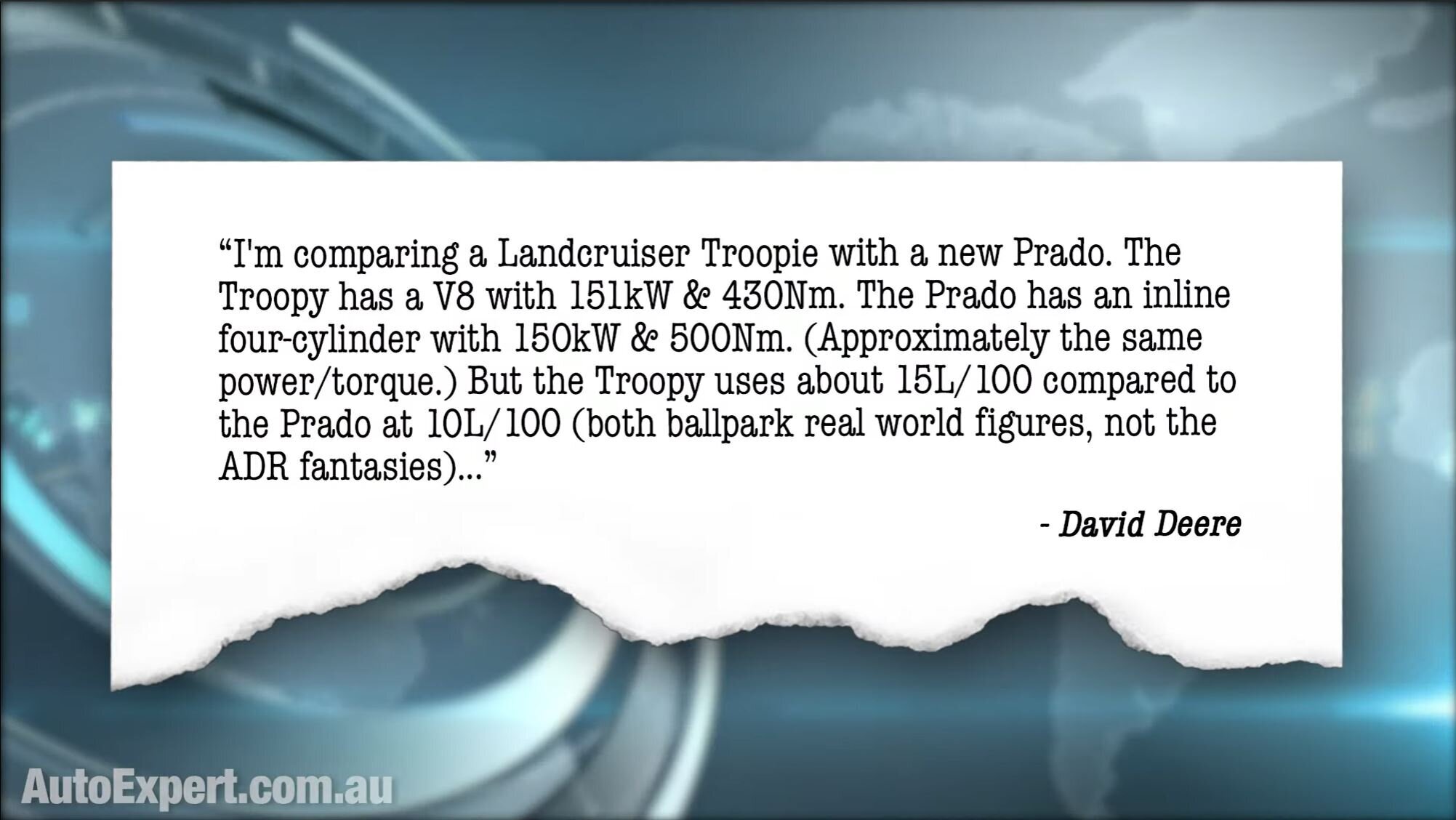












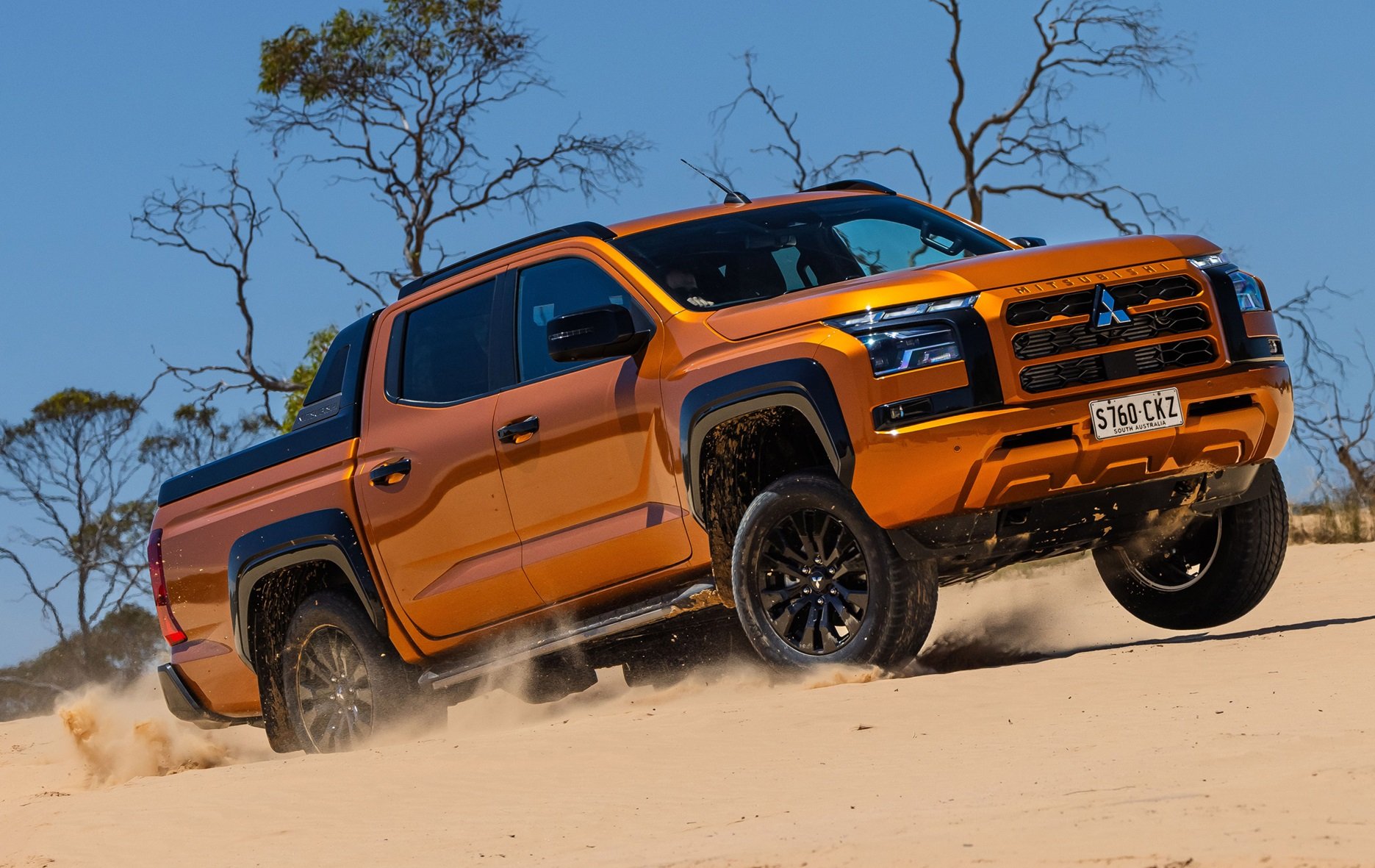
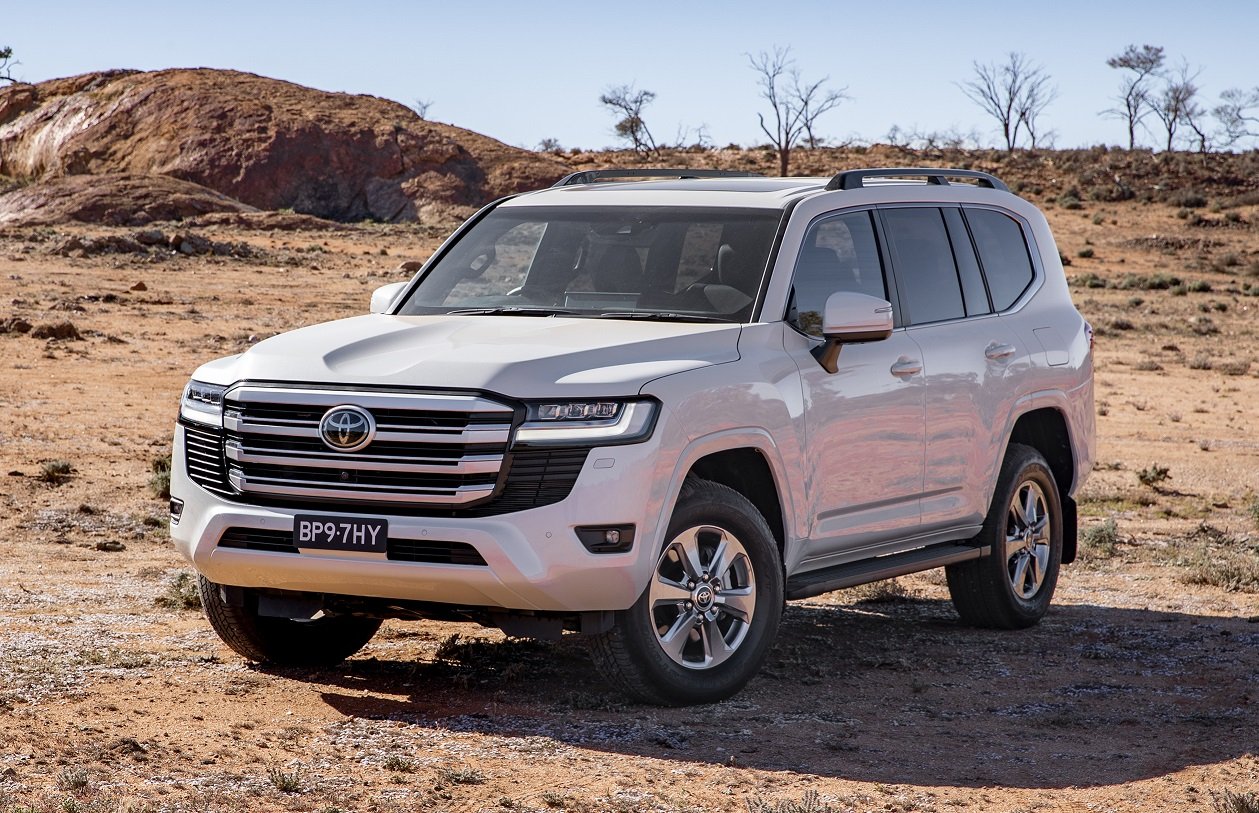




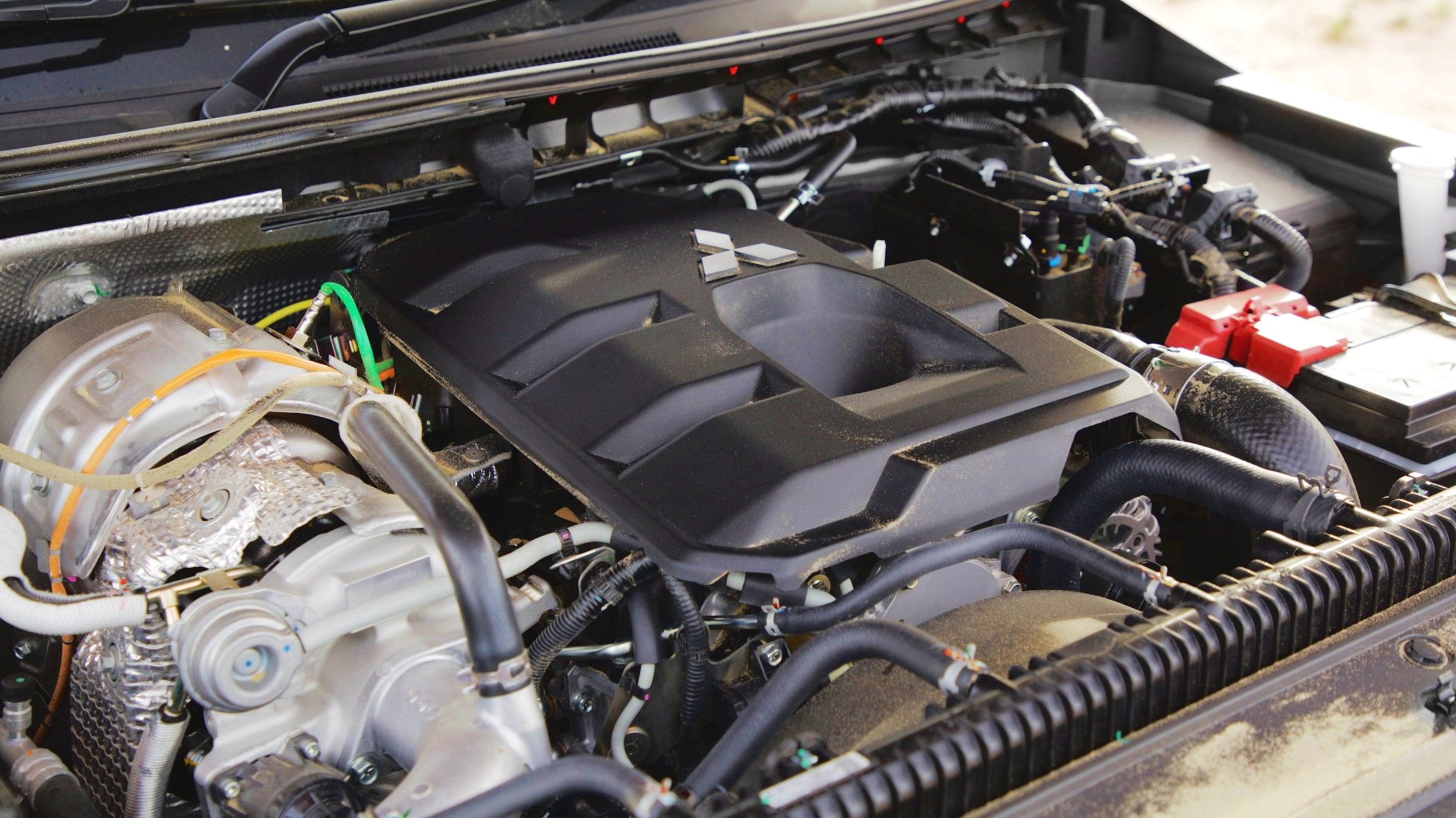

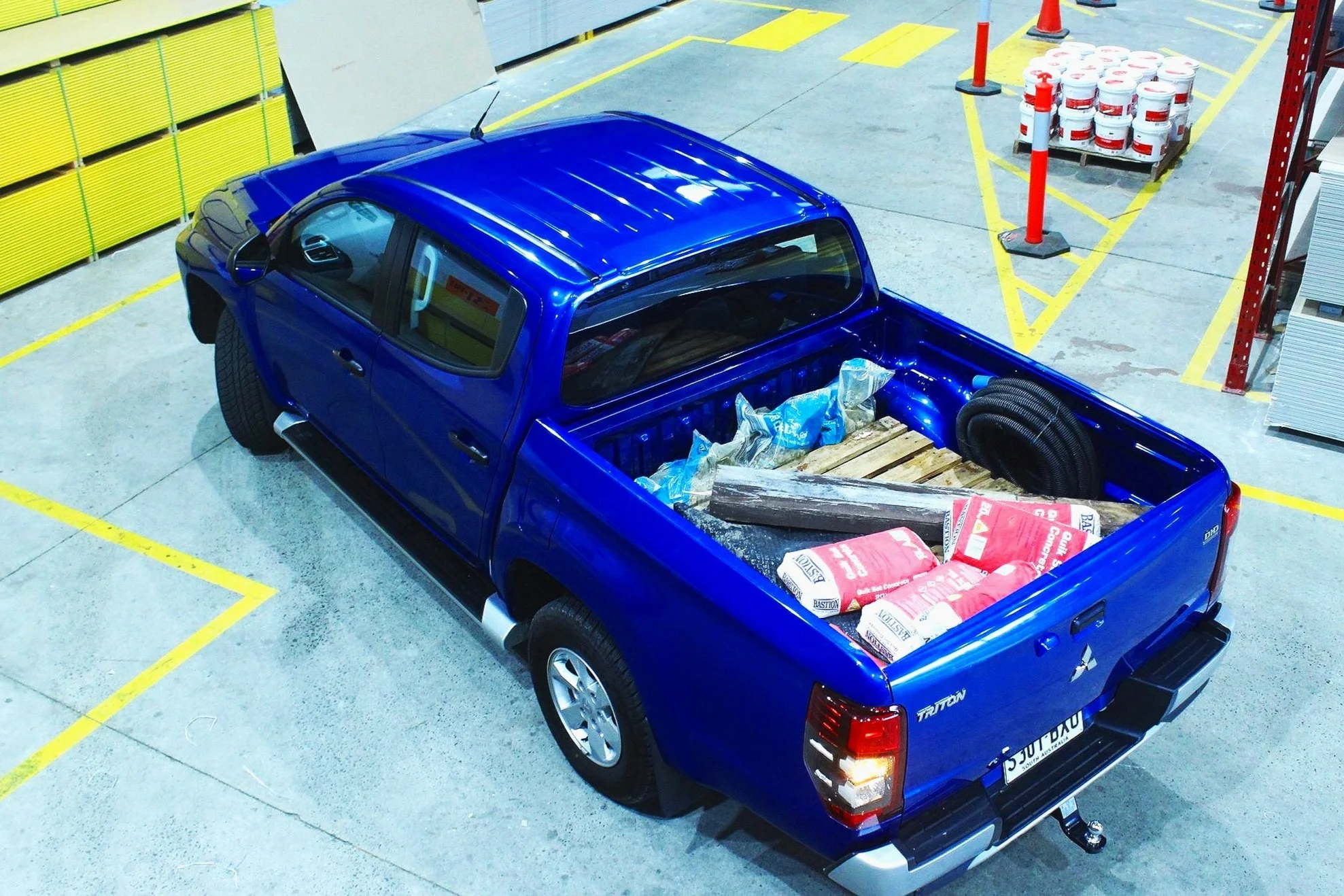

The Nissan Patrol is a proven, rugged 4X4 wagon with pedigree, seven seats and a grunty, reliable engine. Buying a V8 Patrol will save you more than 20 grand compared with a LandCruiser.